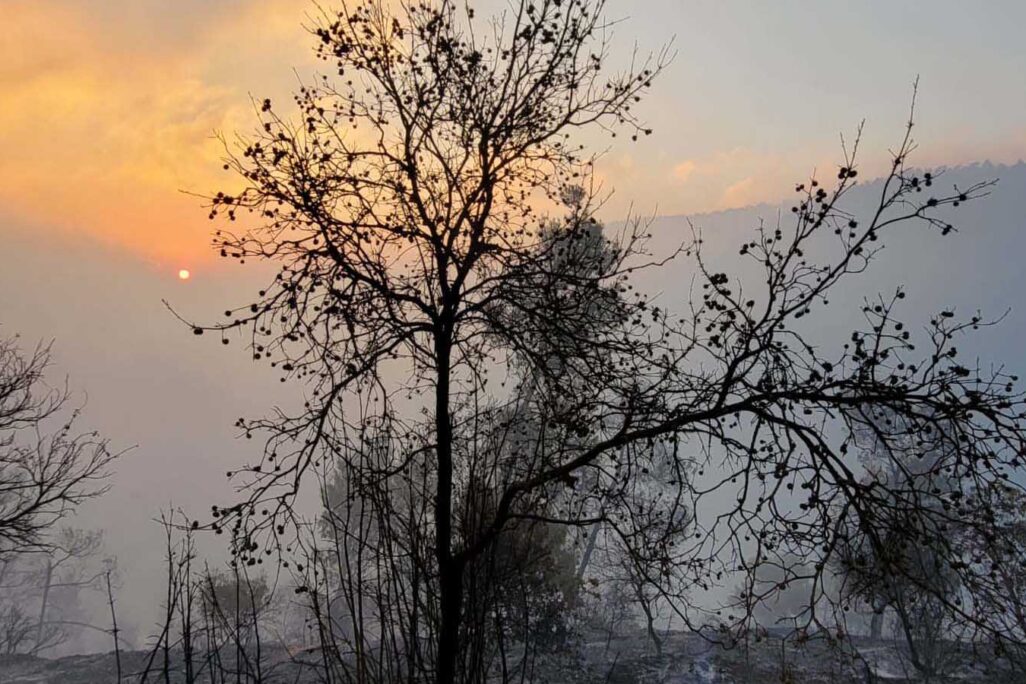
After more than 25,000 dunams (6,200 acres) of forest were destroyed in a wildfire in the Jerusalem Hills two weeks ago, experts are debating what to do with the land. “In the past it wouldn’t even come up as a question, you would just replant,” says Professor Yohay Carmel of the Technion’s Faculty of Environmental Engineering in Haifa.
“But for the last 20 years, the Israel Nature and Parks Authority and the Jewish National Fund have understood that there is not always a need to replant because the forests can regenerate on their own.”
“The roots remain unburned, and from the root structure a new stem emerges,” Carmel explains. “Within ten years you’ll have full plant cover, and within twenty years you have a forest. When you plant new trees the renewal takes the same amount of time, but costs more.”

The Society for the Protection of Nature in Israel (SPNI), which released a detailed position paper after widespread wildfires in 2016, agrees that reforesting is not the solution and supports “letting nature run its course.”
“The majority of resources should be invested in managing natural plant renewal — while employing methods that will prevent surface damage and leaving room for the natural dynamic processes,” the position paper states. “These steps should be taken in order to prevent the creation of dense, homogeneous vegetation which could impede the renewal of herbaceous plants [a category which includes most perennials, annuals, and biennials] and geophytes [plants whose stems grow below the surface, such as onions and other bulbs], as well as creating a barrier for animals and hikers.”
There is broad agreement in the field with SPNI’s proposed policy of not replanting after wildfires, as well as not using heavy machinery to clear trees left on the ground in heavy tools, due to the potential for soil damage.
According to Alon Rothschild, the Biodiversity Policy Coordinator at SPNI, for the most part, planting new trees in open areas does more harm than good. However, SPNI is not proposing a policy of absolute non-intervention. Rothschild explains that SPNI still calls for the removal of certain invasive species, such as orange wattle, tree tobacco, the castor oil plant, and, somewhat controversially, pine trees.
SPNI’s policy paper also emphasized another important step that needs to happen following an event like the fire in the Jerusalem mountains: setting up a more professional, wide-reaching system of forest management. “Forest management by a professional committee led by scientists, taking into account the lessons of the past: a monitoring system and interface will be set up to create an database devoted to the area’s renewal and management,” the paper reads.
Connecting People to the Forest
Aviv Lerner, founder of the nonprofit “Ve’Natata (And You Shall Plant),” offers a different point of view. He also opposes the reflexive reforestation of burnt forests, but he believes that the prevention of future forest fires doesn’t just depend on natural plant regrowth. He argues that in order to create forests that withstand fires, it’s necessary to create a connection between forests, including the plants and animals living within them, and the surrounding communities.
“Forests with a human presence don’t just go up in smoke,” he explains. “They burn down because no one is there. This is our biggest climate disaster — that people don’t spend enough time in forests.”
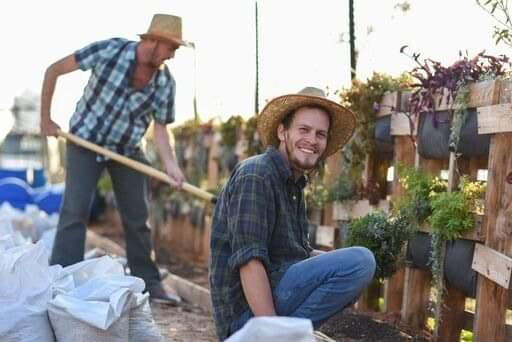
“If I were to do something proactive, I would first observe, and then I would take the model of communal forests and communal edible forests, with agricultural frameworks such as fruit trees. The new forests should embody that model: trees [native to] the Land of Israel, planted for the long term,” Lerner says.
“We need to find a sustainable and responsible way for the local communities to take responsibility for managing these areas, with guidance from experts, but primarily led by the locals, Jews and Arabs, in joint initiatives,” Lerner says. “More than just planting a ‘green layer’ [of vegetation], but something to strengthen the plant species that are there. I feel that the best way requires a local perspective where the residents of the surrounding communities dive deeper into learning about this topic.”
For and against the pine trees
“It’s not true, I do not hate pines,” Professor Carmel explains, trying to combat the stigma that has attached itself to ecological experts in recent years. Pine trees are quite susceptible to catching fire because of their thin bark and relatively flammable foliage. The needles and resin the trees produce are highly flammable as well.
“Pine forests are needed in Israel because they have value for two main reasons: they add to the variety of landscapes as part of the natural landscape of our country, and they provide lots of shade — they’re better for picnic areas,” Carmel says. “The ecological value is important to me as well as the value to people; the same area should provide a multitude of functions.”
But Carmel’s stance on pine trees isn’t purely positive. In his view, the time has come to take an aggressive approach to the pines nearest to population centers in order to save lives in future wildfires.
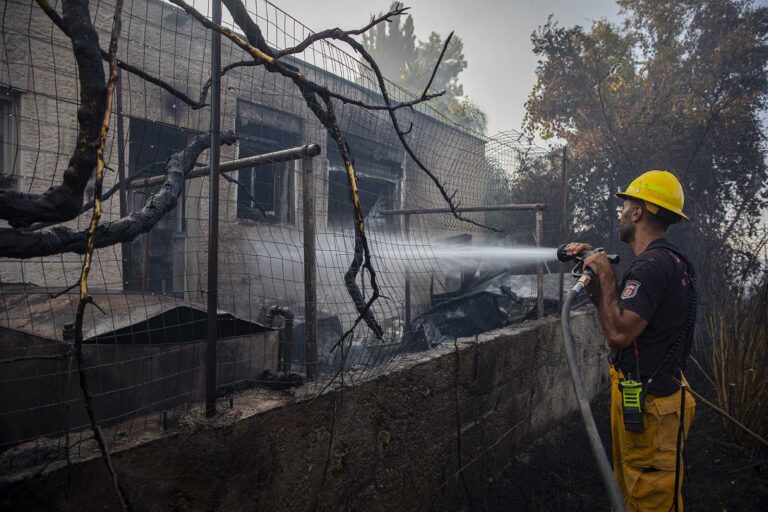
“I felt like a prophet,” Carmel explains. “Before the massive fire in the Carmel forest in 2010, I warned that a catastrophe was on the horizon in the Beit Oren area [a kibbutz located on Mount Carmel] in a presentation I made at a conference. No one imagined such a thing, that so many people would die in the fire, but I had a vague sense that we were on the precipice of something dreadful.”
The 2010 wildfires destroyed over 50,000 dunams of land (12,000 acres), more than double the amount destroyed in the recent Jerusalem fires and killed 44 people.
According to Carmel, “the vegetation growing around the towns must be reduced, specifically the pine trees like in Beit Oren. The communities may not like that decision, but it is a matter of preservation of human life. Today, there are certain streets in Kiryat Tiv’on [a town southeast of Haifa] that are littered with pine trees; they are also scattered around in the affluent Denya neighborhood in Haifa. It is important to adequately address this situation right now.”
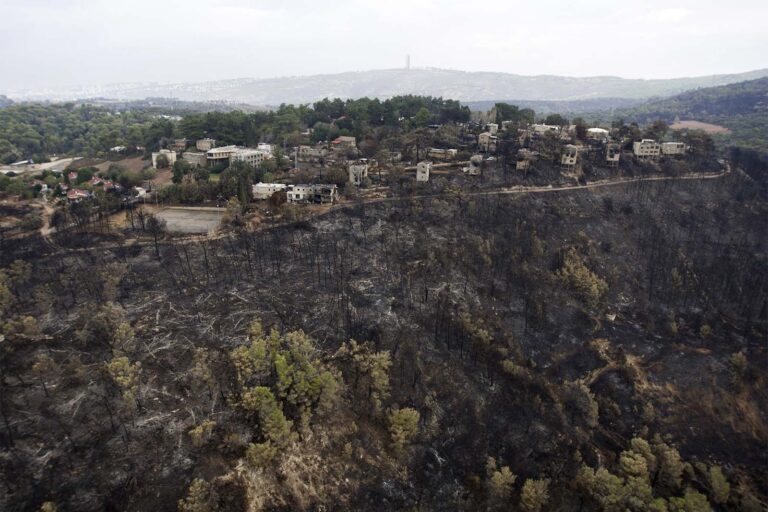
Next Steps for the Forests
“In any case, where should we consider reforesting? In places where trees will not grow on their own? Perhaps in parking lots, so as to provide shade for hikers. There are limited areas in the country where it is worthwhile to reforest,” Carmel explains. “We still need to properly thin out the natural growth so that the landscape does not become too tangled and so that sunlight can enter the area and spark a variety of new growth.”
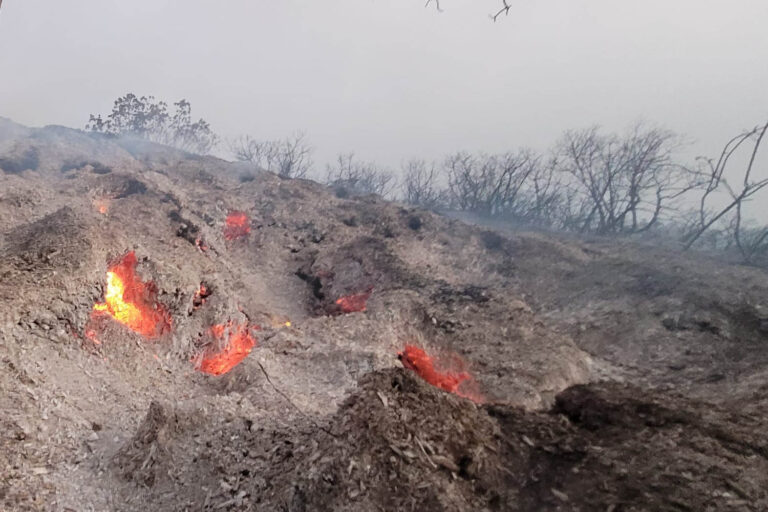
“It is better to do the thinning with goat herds and not with heavy machinery,” he adds, remarking on the paradoxical nature of burning carbon in the pursuit of a forest that can better serve as a carbon sink. Lerner also encourages people to plant trees themselves. “I'm not one of those people who says don’t touch anything. If we don’t touch, we end up disconnected,” he says.
According to Lerner, many aspects of today’s society result in disconnection from the forests — but he believes that new structures can result in new relationships with nature. “Currently, politically and culturally, it is forbidden to live in the forest. These are, after all, nature reserves. They are not meant for sleeping or human use,” he explains. “For the last decade, I have been trying to figure out how to create a different connection between people and their environment. Planting trees is part of that shift.”
“People must be deeply involved in everything related to nature, vegetation, and infrastructure in our lives,” says Lerner. “There is a disconnect between citizens and the nature around them. [Dealing with nature] is what big contractors and organizations do. The contractors are pruning, planting and cutting, and the people are not involved.”
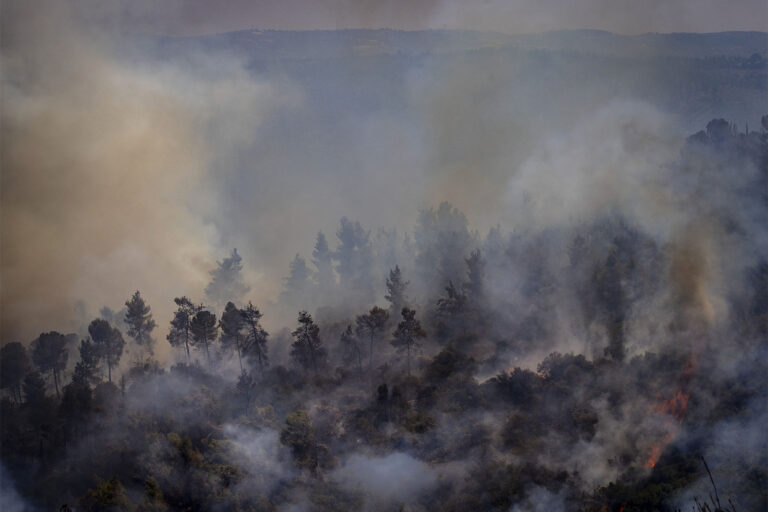
“In our projects, the members receive an envelope with seeds every month and start growing trees with them, trees that they later plant in their environment,” he explains. Lerner believes this kind of increased connection with nature can actually serve to protect forests from harm. “If there had been hikers in the forests that burned down, they would have had eyes in the field, and they would have raised an alarm before the fire flared up,” he says.






